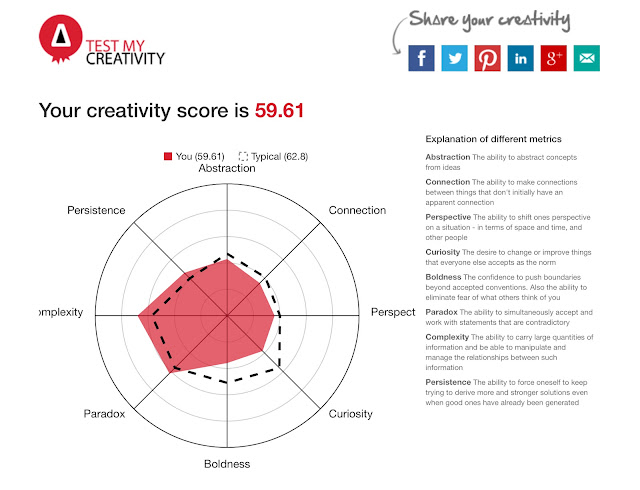Alney Concept
WEEK 11
Alney Design Concept
SW
MANIFESTO
Kinetic Vs Static – Can We Replicate A Divine Order?
How can a place be made that creates a sense of escapism and
visual and emotional interest, but doesn’t affect the state of the environment
and represents the surrounding area as a whole? Is it possible to replicate a
divine order? It is suspected that the landscape cannot truly be replicated in
the hands of many, it may only be mimicked. This is due to the fact that humans
do not have the ability to use a random method and so cannot recreate a perfect
world that we can live in, if it was crafted off of probability. You cannot
create nature with intention, as the overarching concept of nature is that it
is perfect because of its unintended use and therefore it was not designed for
the benefit of others. Nature is not egotistical in its approach, as it has no
desire than to just be, unlike the human nature which implies use of the space
in an acquisitive approach.
When attempting to mimic the natural world, I suggest there
are 2 aspects that will assist this process: kinetic and static values. These
values give the essence of a multifunctioning space that uses pattern, texture
and movement. Furthermore, a productive landscape also puts a human spin on the
design as we are looking to take inspiration from nature and its elements. Mimicry
of the natural world may showcase the public activity versus the direct,
implemented natural aspects in the landscape. Implementing a visual connection
with nature and the materials used also gives interest. Static and Kinetic
aspects of the site could also resemble the relationship between the indirect
and direct use of materials and the landscape, to illustrate the process of
imitating nature. The design also explores how imitation is seen in nature
itself and how if humans imitate the landscape and find ways to recreate it,
are we also a part of the natural and intended landscape, just like the other
species that impersonate to survive? Nature is continually working to provide a
space to improve well-being (kinetic) and the static is the unnoticed effect
and unnoticed parts of the landscape and its unseen potential.
Not only will the design show the use of the kinetic and
static ability of the landscape, but a juxtaposition of geometric space and
organic space will be useful in the concept. Geometric space can be used to
illustrate a location that could be made naturally if the odds allow it. In the
rare event that a naturally occurring linear space is created, it would suggest
that nature has boundless potential, something that is not found in human
nature. This also explores the idea of what would a natural world look like if
it weren’t organically shaped, would it look similar to a human's imitation of
the environment? Moreover, a geometric space, now turned natural shows that
natural solutions can be just as effective and suggests a successful design
using human intervention is possible and ultimately we can replicate a divine
order when intentions are made clear.
NOTE: does an equilibrium exist between natural and
manmade, and does nature always prevail? Does the concept of sequence affect
this and does the Aesthetic creation theory have a part in this idea?
Static Elements of The Design:
Visual connection with the landscape- e.g. land art and
physicality to the space
Non-visual, implicit information to suggest a connection
with nature- e.g. sections to the design that have meaning and provoke feeling
Non-rhythmic techniques – e.g. the contrast between rigid areas
to exemplify nature being recreated with human intervention and suggests the
interaction between nature and humans, against the organic shapes to represent
biophilia
Presence of water- e.g. static bodies of water
Connection with nature- e.g nature-based solutions, working
with and improving the situation, also the appreciation of seasonal changes and
the contrast in the availability of nature.
Biomorphic form – e.g. symbols that represent nature, forms
naturally found
Material representation- e.g. materials that create a sense
of the natural world, such as texture pattern and colour
Kinetic Elements of The Design:
Use of Movement- e.g. a journey of water across the site,
water being moved in unusual ways
Human Activity- e.g. paths leading to different areas,
reflects the movement of people in Gloucester
Compelling use of lighting- e.g. to represent the energy on-site,
large overhead structures that light up can be installed, this may represent the
fast-paced life in Gloucester, surrounding the site
Objects that interact with the wind -e.g. small windmills or
art installations that represent the power of flight
Sense of risk- e.g. unusual design choices to illustrate the
risk we take when redeveloping the landscape and potentially altering the
natural balance of the site
Land art- e.g. where do we find imitation in the natural
world and how does that link to the process of mimicking the landscape as a
human?
BIBLIOGRAPHY
Websites
Paul Michael Greenhalgh
(2020). Up to 40% of UK retail space is not needed – here’s what
can be done with it. [online] The Conversation. Available at:
https://theconversation.com/up-to-40-of-uk-retail-space-is-not-needed-heres-what-can-be-done-with-it-148556
[Accessed 22 Feb. 2024].
Articles
Browning, W.D., Ryan, C.0.,
Clancy, J.0. (2014) 14 Patterns of Biophilic Design. New York: Terrapin
Bright Green llc.


Comments
Post a Comment